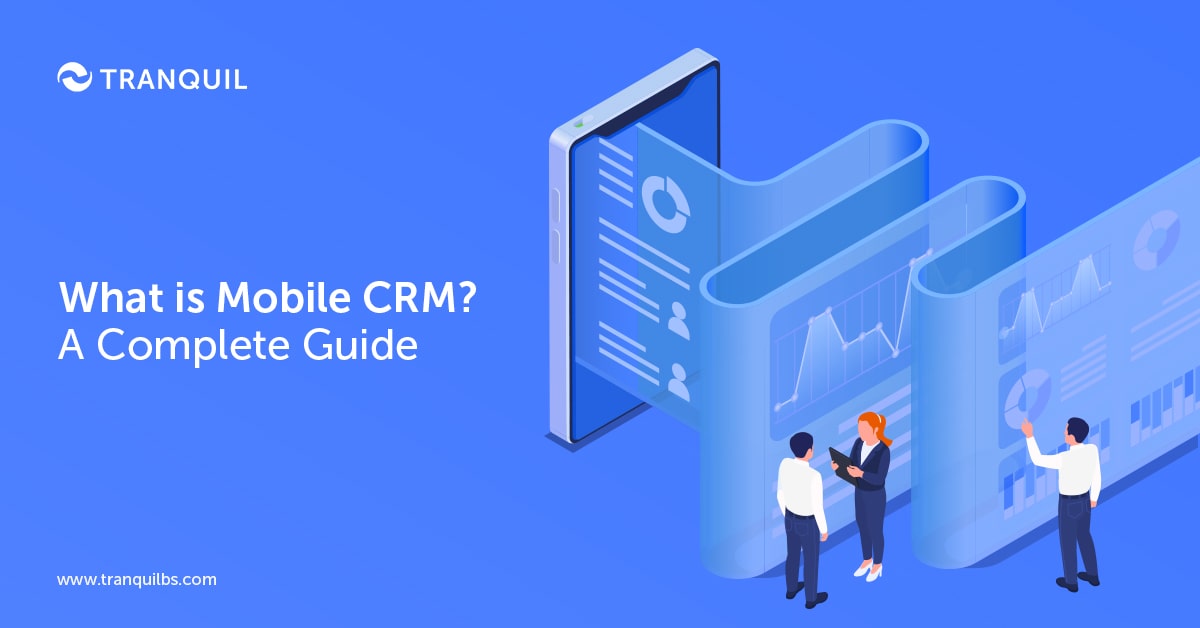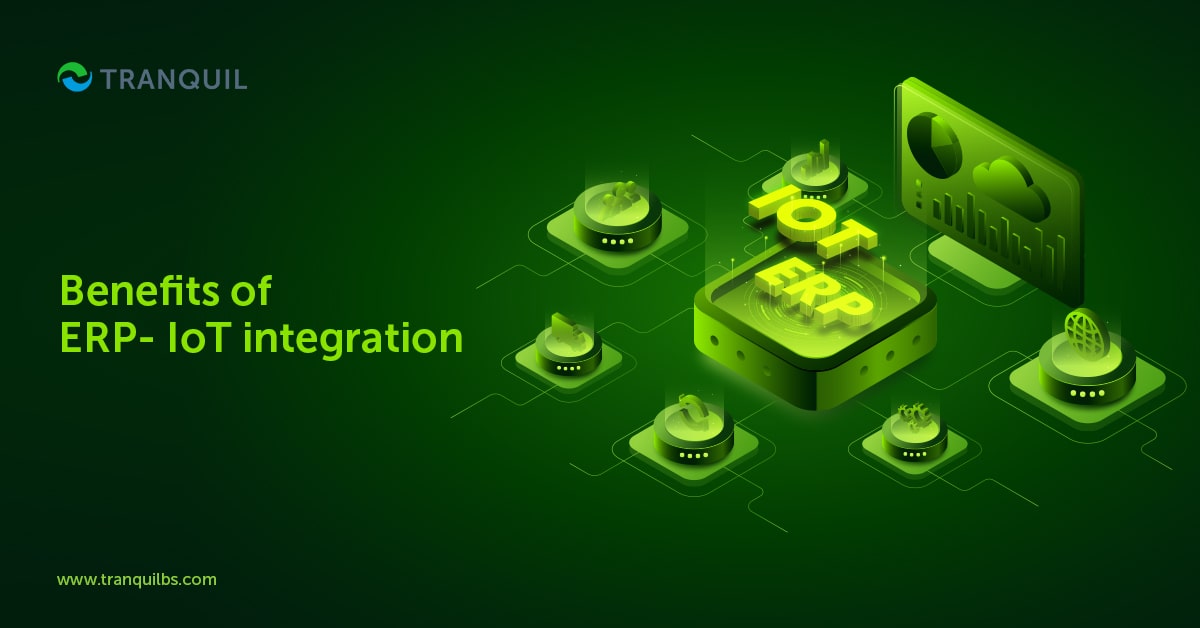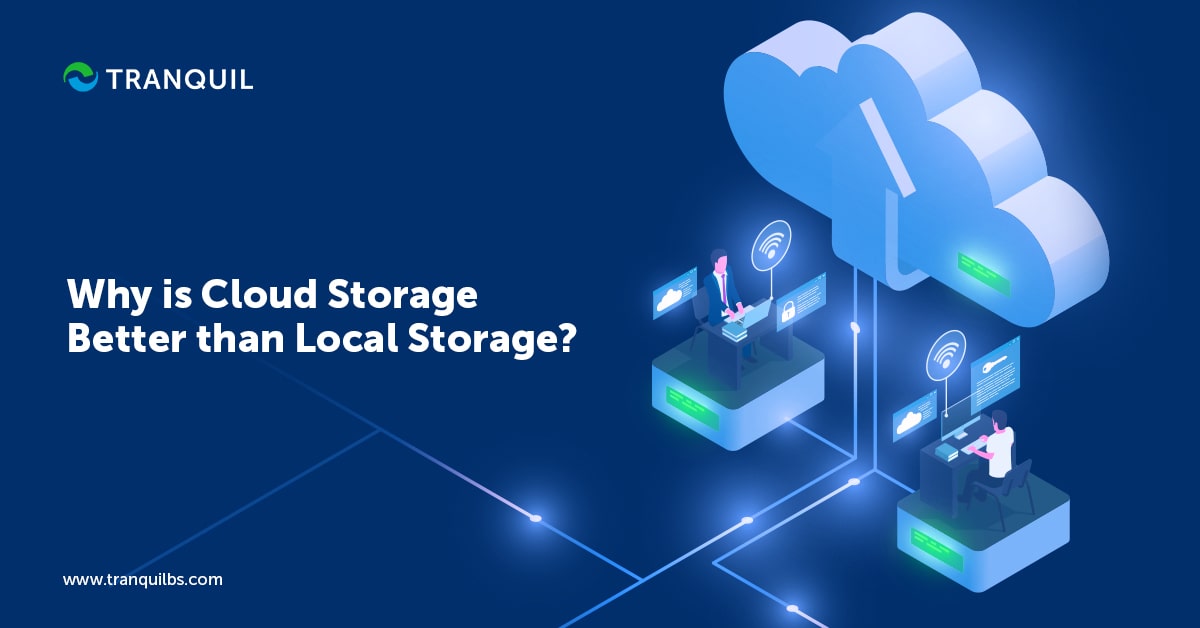
Detailed Guide on Cloud Migration
When we say cloud, we are actually referring to remotely located servers on which your data files are stored.
Cloud migration refers to the process of migrating your databases, services, IT resources, and apps to the cloud either in part or completely.
It could also refer to moving all of these from one cloud to a new one.
Often, businesses prefer to shift from legacy systems which not only get outmoded but also tend to become less efficient with time.
Servers become old and incapable of handling the extra workload as your business grows; firewalls are no longer effective; hardware and certain software solutions are not running as efficiently as before: all these become reasons for organizations to move to the cloud – if not in full, then at least partially.
ALSO READ: Detailed Guide to Understanding Different ERP Systems
Today, cloud migration has become imperative for companies who desire to improve performance and efficiency in real-time.
This is why the migration process needs to planned and analyzed meticulously so that it is executed perfectly, and ensures compatibility of the cloud and your business needs.
When we talk about formulating a strategy for cloud migration, we need to have clarity on the fact that it is not only about moving to the cloud, but also what you do once you are there.
For example, what options do you have to rebuild apps in order for them to have optimal performance in the cloud?
The process of migrating to the cloud is forcing companies to ask what app modernization is all about.
There are numerous factors to be considered, and regardless of their size, businesses need help in making the move to the cloud.
At Tranquil, we can help you make the transition smoothly, with conventional re-platforming, automated language translation, and other services.
ALSO READ: Influence and Importance of ERP System in Different Industries
What are the Most Common Reasons to Migrate To The Cloud?
Organizations face a host of challenges when it comes to server operation and maintenance, prompting the move to cloud servers.
The most common reasons for migration are:
- Sudden and/or huge spike in traffic which the legacy systems are unable to handle
- Not being able to scale server resources
- Inefficient processes
- High cost of maintaining servers on the premises
- Sudden increase in demand for operations
- Increased data storage requirements
- Quicker, more economical, and more efficient disaster recovery
- Challenge of geographical distribution
- Access to app related methods
ALSO READ: Benefits of ERP in Production Planning
What Are the Benefits of Cloud Migration?

Organizations that move to the cloud can benefit tremendously; quicker time to delivery, reduced total cost of ownership, increased innovation opportunities, etc. are some of the benefits they can expect.
Cloud access also makes organizations more flexible and agile, which is critical if you want to meet the demands of consumers and the market, which are always changing.
Of late, companies also migrate to the cloud to adapt and transform into flexible digital workplaces as there is a steep increase in online demand and for remote work.
The organizations who have already moved to the cloud or at least begun the process will have the advantage in the near future over those who haven’t.
These organizations are the pioneers and are leading the way in the cloud transformation.
Benefits of Cloud Migration include:
- Manage consumer expectations more efficiently
- Quicker innovations
- Improved flexibility and agility
- Decreased expenditure
- Deliver business results immediately
- Easy scalability
- Better performance
- Manage consumption better
- Can add resources easily
- Move to everything as a service
- Simplified IT
ALSO READ: ERP Configuration vs ERP Customization
Let us now look at some benefits in a little detail:
Efficient and Economical
Cloud operating models are more efficient, and use automating, AI and analytics, saving up to 50% in operations.
Easy to Consume
Thanks to the appliance-like service which is standardized, it can be provisioned quickly in an aaS model and saves almost 50% in startup time.
Workload Placement and Optimization
Workload placement has transparent business parameters at the base, and saves anything from 10 to 20 percent on total expenditure.
Security and Compliance
We understand the need for protecting the workloads that are the most important for your business, and the most sensitive information.
For that very reason, we have built security and compliance with relevant regulations into the apps and the migration procedures.
ALSO READ: Why is Cloud Storage Better than Local Storage?
How Does the Cloud Migration Process Work?

It is important to understand what is actually involved in the process of cloud migration before you actually start it.
The process can radically transform your business, so it makes good business sense to start by viewing the cloud journey from start to finish.
This will assist in identifying what activities and capabilities are required to execute the process efficiently across the major steps of migration.
Important Steps in Cloud Migration:
Before you embark on your cloud migration journey, you need to ask yourself what business value you hope to derive by moving to the cloud.
Moving to the cloud is not merely an exercise in tech; it is very important that you establish what are the precise objectives that you want your business to achieve.
Use the business goals as a foundation, and then you can build your cloud migration strategy on it, and develop your business case, stating the need for the move, and this can help you convince decision-makers and stakeholders to approve the migration.
ALSO READ: What Is Cloud Data Protection?
The strategy also includes deciding what are the applications you want to move to the cloud, the type of cloud environment you want to move to, and what the infrastructure should look like, eventually.
Applications such as those with varying load, public-facing apps with global reach, or those planned for modernization in the near future, are all perfect for moving to the cloud.
Some others, conversely, may be too difficult or risky to migrate.
Some may not just deliver expected returns on the investment.
Therefore, it is crucial that you decide at the very beginning, which apps you want to move to the cloud.
ALSO READ: A Brief Guide To Purchase Price Allocation (PPA)
Discovery and Assessment: What Where and When to Move It

It is extremely important for any business to manage risk appropriately.
Every business expects to become more flexible, have greater control, and reduce cost.
However, you need to bear in mind that the manner in which your apps may perform could change substantially due to changes in infrastructure.
Businesses must understand their present standing by evaluation and discovery: scanning and examining the current data, application, and infrastructure landscape to classify the present architecture and identify which apps and data would be the most appropriate to migrate to the cloud.
Cloud migration assessment includes activities like evaluating risk, mapping dependencies, and discovery of applications – all based on the usage at the time; it could also involve predictive analysis prior to migration.
Combined together, they allow migration planners to take informed decisions that minimize risk and ensure that the SLAs are maintained properly post the migration as well.
ALSO READ: On-Premise or Cloud Database Hosting
Moving to the Cloud
As a pre-requisite, existing apps need to be modernized; you may also have to develop new apps that are native to the cloud, and also alter the current infrastructure and architecture.
The goal is to create an operational model using completely new technology as well as culture that fosters rapid, efficient, and result-oriented innovation.
To have a smooth execution of the migration process, it is imperative that you have both the right tools for migration, as well as automated management.
This helps in ensuring quick movement and facilitates the delivery of consistent, repeatable, and high-quality processes.
Add solution accelerators and special skills to this mix, and you can have a virtual factory of cloud migration that can ensure a more rapid journey.
It is also very important to have in place a strong plan of management of the cloud journey, to ensure that everything proceeds as planned.
ALSO READ: How Do ERP and Cloud Computing Differ?
What Are the Different Types of Cloud Migrations?

Based on the services that your business requires, cloud computing can be deployed in various ways.
A business has to consider two main factors while planning the strategy for cloud migration:
- The deployment model – private, public, multi-cloud, or hybrid
- What service category do you want to choose: Iaas, PaaS, or SaaS
There are several approaches available for your organization to choose from, so let us delve deeper into those different types.
These are the Key Cloud Migration Types:
Re-host (also called lift & shift)
This is the basic and simple form of cloud migration, where you simply shift an app from a local host on the premises to a cloud service (usually public), either platform or infrastructure service.
You can start with the smallest and easiest items that have the least dependencies, don’t impact the business greatly, and have few or no constraints of regulations.
You can move the more complex items as their maturity increases.
You make the move to an entirely new cloud-based operating system, gaining the advantage of reducing your operational expenses.
It could also serve the purpose of complying with new regulations and standards, for which you may simply have to upgrade application components.
ALSO READ: What is Dead Stock – How Can You Avoid It?
Re-factor
This approach involves altering the architecture of apps prior to moving them to the cloud, making them more suitable for the cloud environment.
This means you will need to modify your current software in part or wholly, so that you can get the full advantage of the cloud infrastructure, including the flexibility.
It is a very complex approach, especially when compared to the other methods, as it necessitates changes to the code.
To ensure that there are no functionality regressions, it needs to be tested meticulously.
It is also essential that you make sure that the app you build can utilize resources better in the cloud, or else you could incur heavy costs.
It is a time-consuming and expensive method; however, it can also deliver the highest ROI once your app is successfully running in the cloud.
ALSO READ: Why Tranquil is One of the Most Trusted ERP Solution Providers in GCC?
Re-platform
This is sort of half-way between the re-hosting and re-factoring. While it is pretty similar to rehosting apps in the cloud, you do have to modify some of the code so that you can enjoy the benefits of the cloud infrastructure.
Changing how the program interacts with the database to derive the maximum benefits of automation, and flexible database infrastructure are two of the most common modifications that are performed during replatforming.
You could say that with minimal code changes, you can enable better scaling, and take full advantage of the cloud’s reserved resources.
Tranquil is a robust ERP solution based in the cloud, and delivers superior results for businesses that implement this comprehensive business solution. Not sure how it works? Schedule a FREE demo now!



